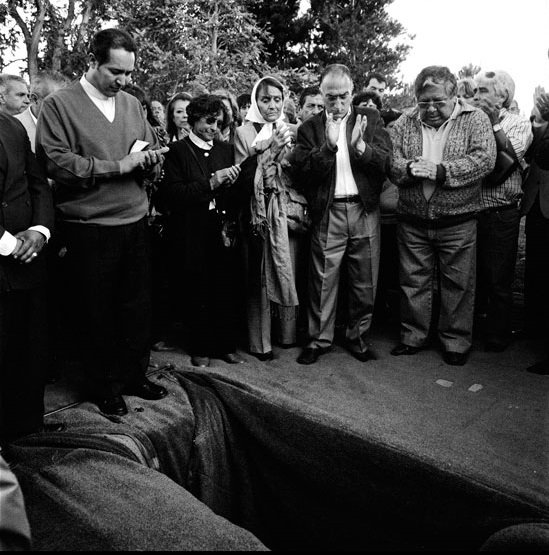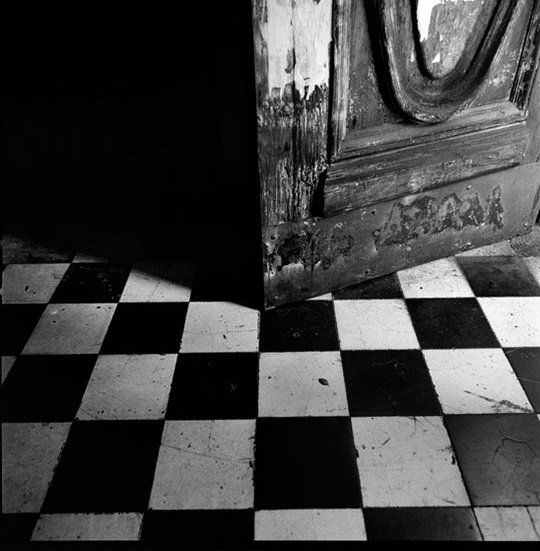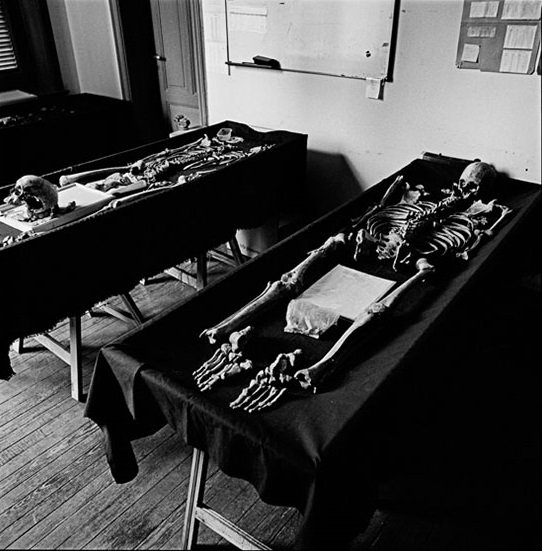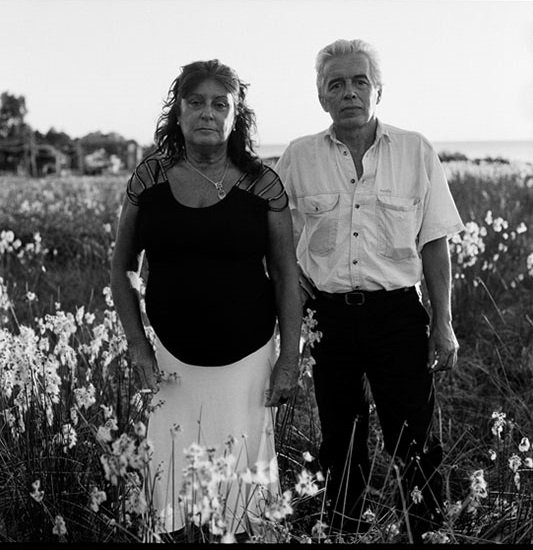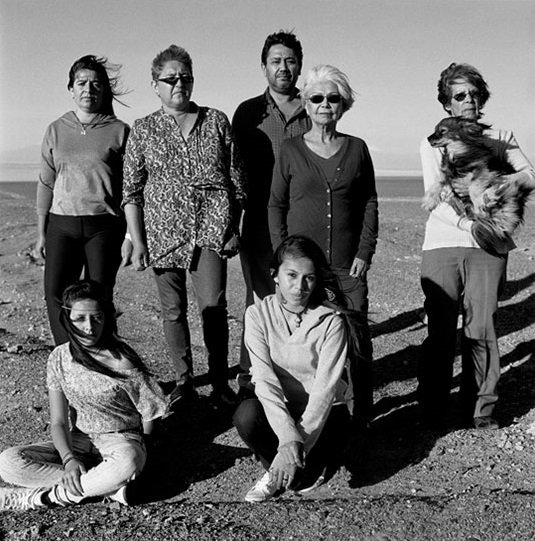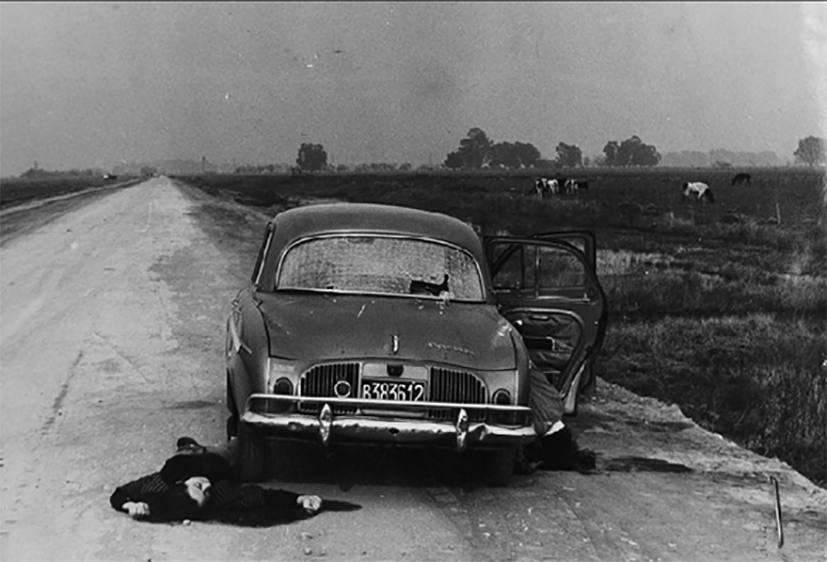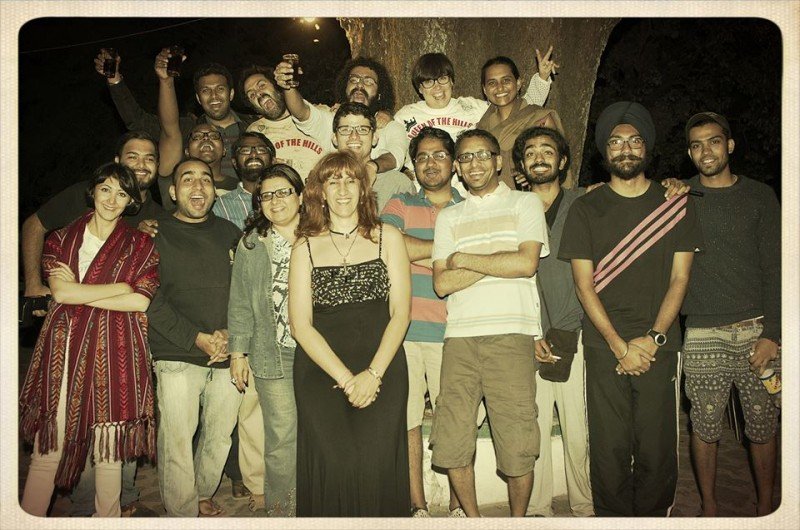Portugal –
In 2005, I was finishing my first book – Por Teu Livre Pensamento (“For your Free Thinking”) – where I had portrayed 25 Portuguese former political prisoners, when I heard about the existence of Operation Condor for the first time. Operation Condor was a secret plan that, at the height of the Cold War, brought together six Latin-American countries (Argentina, Bolivia, Brazil, Chile, Uruguay and Paraguay) living under right-wing military regimes. Through the exchange of information, resources, torture techniques and political prisoners, these countries intended to annihilate all political opposition, which they referred to as “the communist threat” or the “subversives”.
This was what led me to return in that same year to the region that I had already started focusing my attention on a few years back. I left for Brazil, where over a few weeks I investigated, studied and documented the stories of people who were directly affected by the military dictatorships in a broader sense, and by Operation Condor specifically. Image©Archives of La Plata number 1 Federal Court
Image©Archives of La Plata number 1 Federal Court
Through the experiences of my family, I was aware of the effects that a lengthy dictatorial regime can have on society and on the immediate victims of abuses perpetrated by the oppressors; and my curiosity was sustained long enough for me to conclude that these experiences could and should take a visual form. I decided therefore to use photography, which is my language of expression, to portray the victims of Condor. Over the following eight years, camera in one hand and voice recorder in the other, I was able to gain temporary (eu digo provisoriamente no meu texto) insight into the lives of persons who I asked to share with me both their memories, and the places where they had lived through truly horrific experiences.
During this time, and initially in a sporadic way, I took advantage of trips I made in the region for work commissioned by a number of international publications, and stayed on after completing the assignments, which enabled me to speak to people, understand the details and the main differences between the different regimes, as well as the democratization processes. While living in Argentina, I saw the suffering of many of the relatives of victims first hand, people who until this day do not know what happened to their beloved ones. These criminal states, led by the highest ranking military officials, jettisoned all treaties on access to justice and to lawyers, and in the most cowardly fashion executed thousands of people, going as far as denying their families the right to mourn their dead. And yet until this day, the vast majority of those responsible for these deaths and forced disappearances have never been brought to justice.
I witnessed how some survivors and relatives of survivors suffer from deep traumas, ranging from severe depression to states of paranoia and other, less visible, psychological problems, which have in some way transformed the lives of several generations. Thousands of people silently fight a daily battle against the ghosts of the past, and their shadows. Image©Archives of Luis Navarro
Image©Archives of Luis Navarro
Almost all the states involved are still denying people access to one of the most basic human rights, namely that of victims to be considered as such. Neither the propaganda used in the election campaigns of some parties who, in order to gain power, fly the flag of human rights, nor the fact that some of the old revolutionaries have become presidents, suffices. What is really needed is a full sense of justice being done in legal terms, and the trial and sentencing of all those who irrefutably took part in these crimes against humanity – something which until now, only Argentina has started doing. In economic terms, this would mean the State assuming responsibility for compensating victims and their families, both for the crimes committed and for the traumas inflicted. Finally, in moral and historical terms, these States, democracies today, must assume responsibility for the wrongdoings of the past. This would be achievable by investigating all cases of disappearances, by creating programs promoting historical memory and public education, and naturally, by re-educating and restructuring the armed forces. I believe that this is the only way that we can avoid plans such as Condor being conceived in the future, under whichever banner.
To this day, from the Amazon rainforest in Brazil to the frozen lands of Patagonia, thousands of victims remain buried in unmarked graves. The photographs shown here are part of a project that aims to honor all the victims of the dictatorships that ruled this region with an iron hand.
In 2011, after six years of work, I finally returned to Europe for some time. Short of the financing needed to complete the project, I turned to crowd funding and through three campaigns I was able to raise the funds needed to do so. Thanks to the overwhelming generosity of my backers I was able, between 2011 and 2012, to spend about 25 weeks in the six countries covered in my work, and to dedicate myself exclusively to this project.
Sadly, the violation of human rights is a constant theme in this region. Through regular work published in international newspapers and magazines throughout these years I was also able to dedicate myself to covering the legacy of these dictatorships in what are now mature democracies in South America: I have portrayed the extreme violence linked to drug trafficking in the favelas of Rio de Janeiro, the abuses committed by police authorities in Argentina and Paraguay, the abhorrent conditions in jails, and the difficulties in accessing the most basic public services, such as education, health care, food, transport and decent housing throughout the region. These are issues that I have dedicated and will continue to dedicate a significant part of my time to, focusing on photography.
This book brings together not just my own photographs. I have also made use of texts I wrote based on lengthy interviews, and dedicated some of my time to finding, studying and reproducing several images and written documents, whose photographic qualities inspired me immensely. The resulting images, published here in book-form and to be exhibited in public spaces in the future as well as on a website devoted to the topic, I hope will contribute in some way to creating a visual memory of this period of history. I would like the body of work to remain accessible to future generations, but I would also like it to serve as material that groups of survivors and other human rights organizations can use in their work, so that it can contribute to their very long fight to bring the perpetrators of so many crimes against humanity to justice.
Written and Photography feature – by Joao Pina
Joao Pina: “Condor” – Exposing Secret Military Conspiracy by Six Latin American Countries


